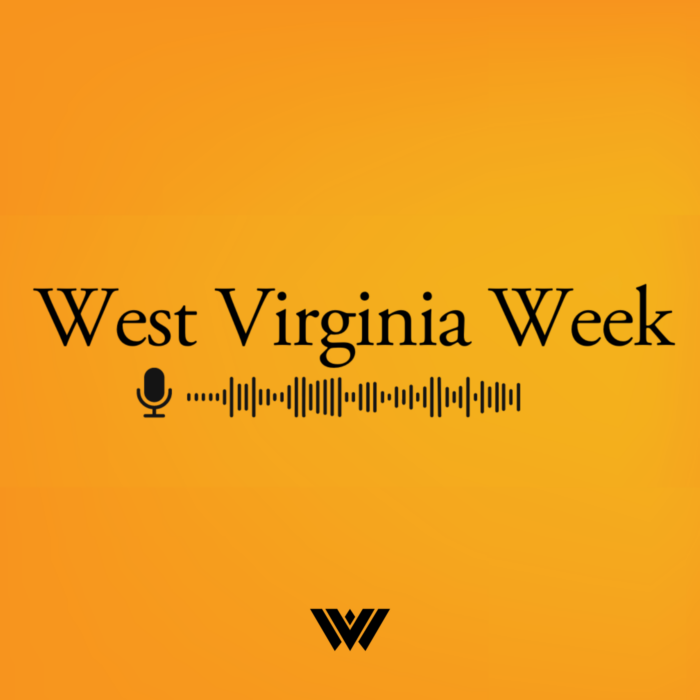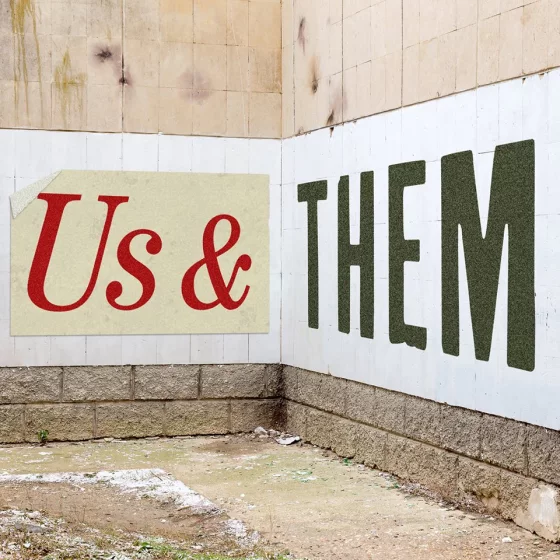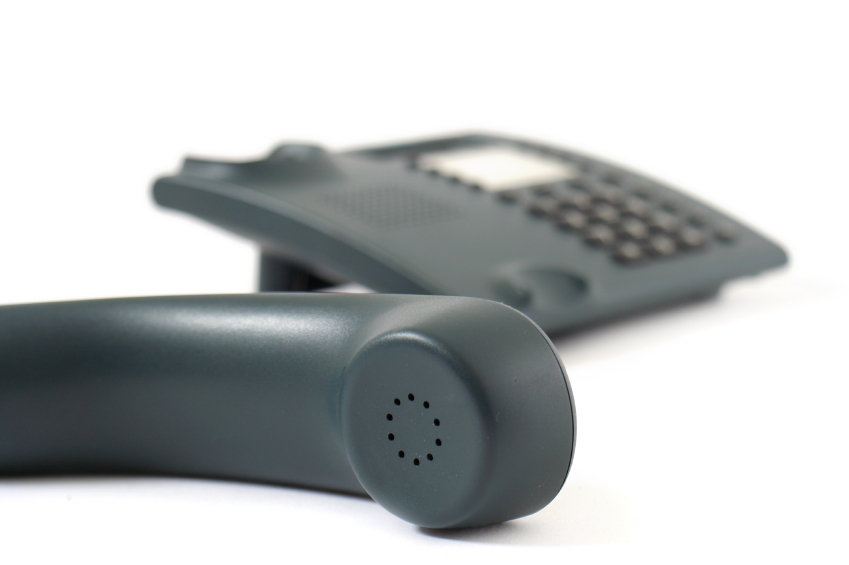Shortly after 7:30 a.m. Tuesday, an unidentified caller told a 911 dispatch officer, “We’re at the West Virginia University, at the Wise Library on University Avenue.”
“We’re barricaded in. There’s a man running around with a rifle outside. He had a hat. He had long black hair. He had a white t-shirt, and he has gray pants,” the caller said, sounding breathless.
Then came the sound of shots being fired.
“I’m really scared,” the man said.
Amanda Sanders, a captain with the Monongalia County Emergency Management System, said normally, in such a central location, there would have been multiple calls reporting the sound of gun shots. This was the only call. But she said every call is treated as real.
“One of our other dispatchers had gotten in contact with WVU, and we also started our police departments, the Monongalia County Sheriff’s Department, Morgantown city police and Mon EMS went to the area for standby,” Sanders said.
In all, three ambulances and as many as 40 first responders were on the scene until it was cleared.
“It took all the agencies to thoroughly go through the building and make sure that there was nobody on property or in property or inside the building,” Sanders said.
A spokesperson said the WVU Police Department is investigating the incident in cooperation with local, state and federal law enforcement agencies. A Federal Bureau of Investigation spokesman would neither confirm nor deny that the agency is involved in the investigation but said they were aware of recent swatting incidents on a number of college and university campuses in recent days. Such hoaxes are taken very seriously, he said, because they put innocent people at risk, drain law enforcement resources and cost thousands of dollars.
The West Virginia Fusion Center, under the state Department of Homeland Security, is the clearing house for actionable threat intelligence in West Virginia. Steven Patterson, the deputy director there, says such hoaxes have become common – and more complex – in recent years.
“You have a lot of technology that is kind of feeding into that,” Patterson said. “The barrier to entry to make more complex and complicated calls is getting easier.”
He said investigators can track down IP addresses, reach out to internet service providers, but perpetrators are increasingly sophisticated in covering their tracks. Their purpose? Hard to say.
“It’s for a few different reasons. One is just to test the resources, is to cause stress. It’s to cause fear. It’s just to raise that level of fear in a community, or raise that level of tension. And then from there, it could be just to sap the resources,” Patterson said.
On Wednesday, a school shooting in Minnesota left several young students dead and others injured. After a week of hoaxes at campuses in multiple states, it was a tragic reminder that sometimes the calls are real.























